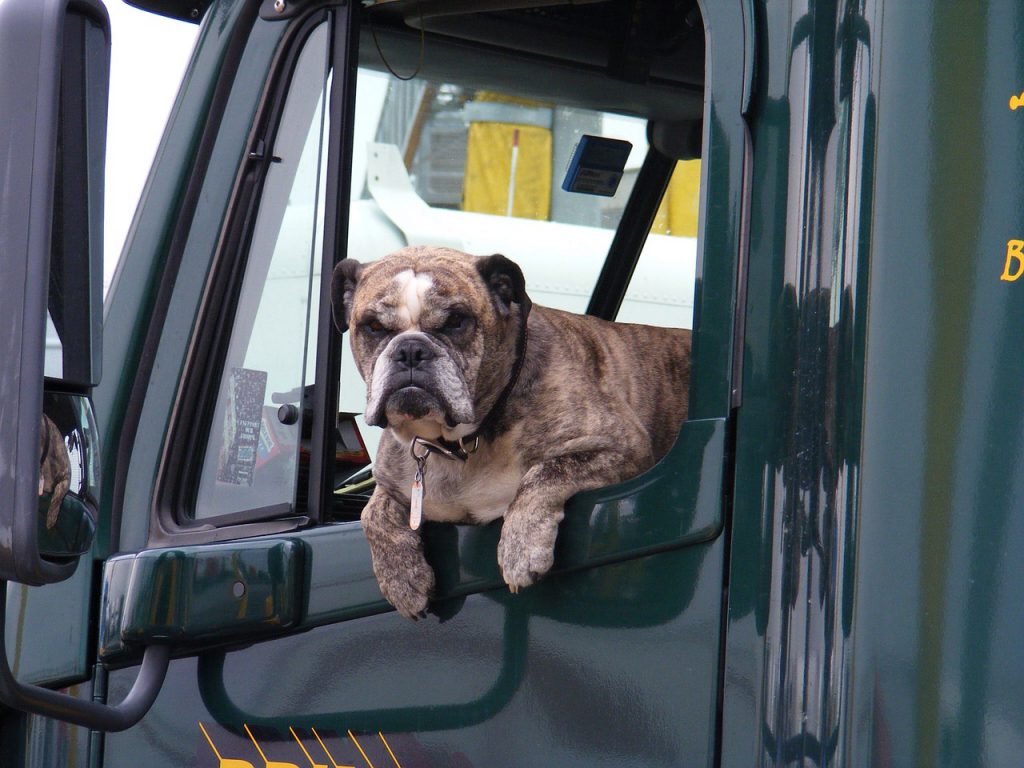
By Dan Krosse, guest contributor | As the temperatures heat up, so do the risks of injuries for your pets. Dr. Lucy Fuller, DVM, of Charleston Animal Society says that the risk of heat stroke is the number one issue that pet owners need to be aware of. “It takes less than five minutes for a car to get well over 100 degrees,” she warns. “There is no safe amount of time for a pet to be left in the car.”
Remember that dogs can’t sweat and the only way they can release heat is by panting. Health experts warn that just being outside can cause danger in the summer months. Dr. Margaret Morris, DVM, is also on the staff at Charleston Animal Society and says, “We see heat stroke in cats and dogs from not only being left in cars but also left in the hot sun.”
 Certain dog breeds are also more prone to heat stroke. Dogs with shorter noses, such as the English Bulldog, Pug and Boxer, do not have the ability to cool themselves well. Other dogs that are at a greater risk are those more equipped for cold weather such as Huskies, Malamutes, Saint Bernards, Great Pyrenees and Chows, just to name a few. If your dog has a thick undercoat and is designed to handle freezing temperatures, the hot humid weather may be too much for them.
Certain dog breeds are also more prone to heat stroke. Dogs with shorter noses, such as the English Bulldog, Pug and Boxer, do not have the ability to cool themselves well. Other dogs that are at a greater risk are those more equipped for cold weather such as Huskies, Malamutes, Saint Bernards, Great Pyrenees and Chows, just to name a few. If your dog has a thick undercoat and is designed to handle freezing temperatures, the hot humid weather may be too much for them.
The Charleston area was shocked in August 2014 when Dr. Allen Bickerstaff left nine of his King Charles Spaniels in his car before he went to work in a local hospital. When he came back out, all nine pets had perished. “Animals do not have a voice. We are their voice,” said Charleston Animal Society CEO Joe Elmore, “and when an injustice of this magnitude occurs, we must step forward as a community and send a message to our justice system that they must do better by animals. We will not stand for this any longer.”
Exercising your animal in the heat can also be dangerous. During the late spring and summer months, it is best to walk your dog or exercise them first thing in the morning or in the evening after the temperature has dropped. If you notice your pet being lethargic after exercising, be sure to have him or her drink plenty of water. If the lethargy continues for a long period of time, your dog may be showing signs of heat stroke and you may want a vet to examine your pet immediately.
The most important rule is to always have plenty of fresh water available for your pets. Consider leaving more than one bowl of water — or even a bucket — before you leave in the morning.
Dan Krosse is a media consultant who works with the Charleston Animal Society.



 We Can Do Better, South Carolina!
We Can Do Better, South Carolina!
























